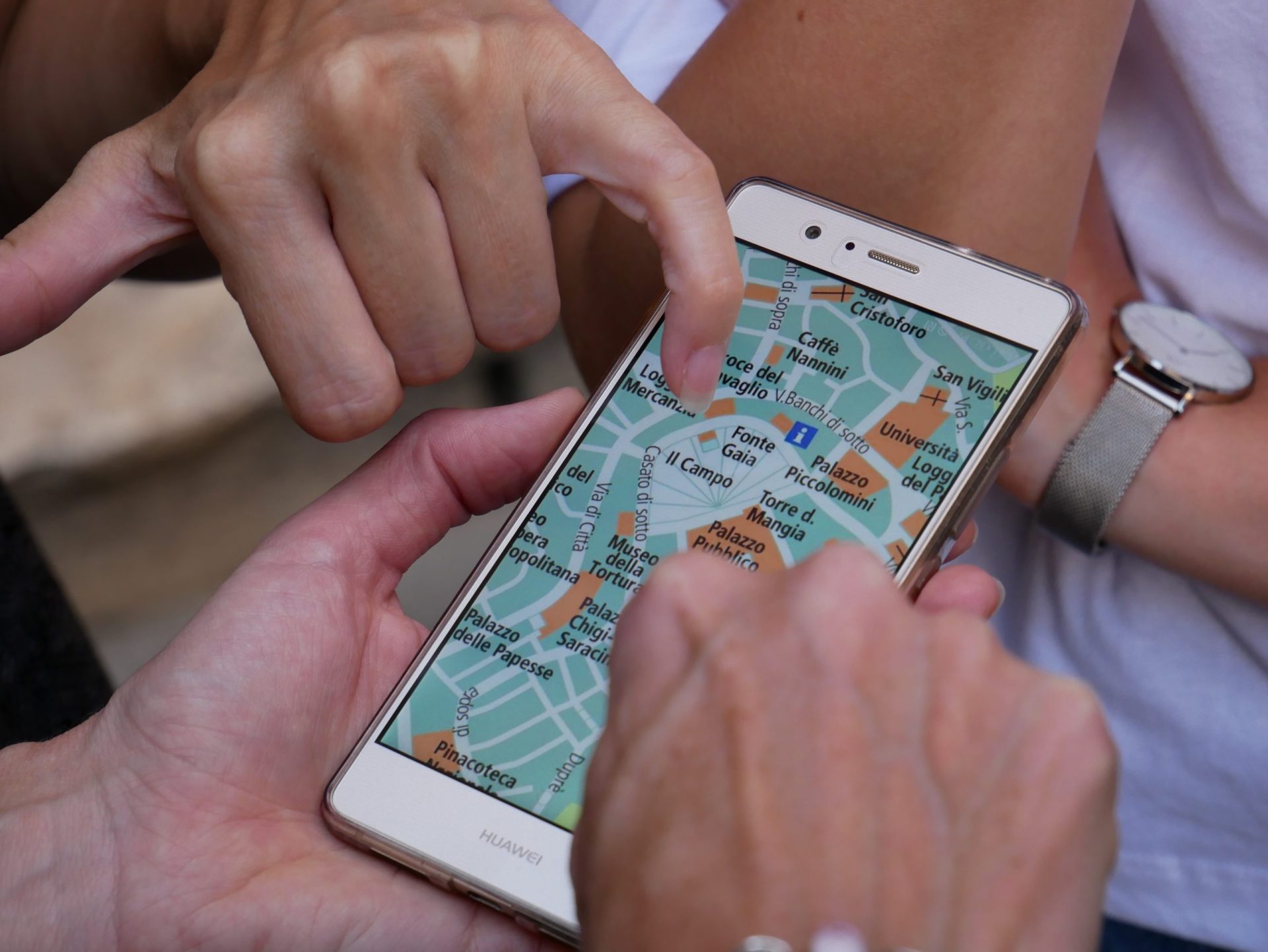Earlier this year, we worked with the American Association for the Advancement of Science (AAAS) to build upon guidelines they created around the ethical use of geographic information and imagery in crisis situations. AAAS developed these guidelines in partnership with humanitarian practitioners, academics, scientists and more, and they contain important questions and considerations for the entire data lifecycle.
To complement the guidelines, we developed a pair of concrete tools: a decision tree, to guide practitioners through questions they should ask when using geo-located information, and a set of case studies, to bring to life some of the abstract concepts implicated in the guidelines. You can download the decision trees and case studies below and learn more about them in this webinar.
How did we build these?
To develop the case studies, we researched both situations where decisions around using geo-located data brought harm to individuals and those where harm was avoided. We interviewed practitioners and academics working internationally and on-the-ground.
Though each conversation was unique, we came across common themes like: a shared concern for unintended consequences but a lack of a shared way to reduce risk; and a tension between the time required to make responsible decisions and external pressures (situational or bureaucratic) that make this time hard to come by.
We built the decision trees on the practical foundation laid by the case study research, focusing on two parts of the data lifecycle. Through multiple rounds of synthesis (which you can learn a bit more about in this webinar) and review of AAAS’ existing guidelines, we pulled out recurring themes and sticking points for the decision trees.
Many of the recurring themes–like intentionality around how datasets are created or collected–pointed to the importance of early stages of projects. Therefore, we dedicated one of the decision trees to exploring the question, “Should I collect this data?” We also saw actions at the other end of a data lifecycle as potentially risky ones–decisions about sharing or publicising data come up in often complex situations. So, the second tree takes the reader into the question of “Should I share this data?” Reflecting the recurring sticking points we saw in our interviews, both trees emphasise intentionality (e.g. having defined objective for collecting and sharing data), a deep understanding of the context and navigation of consent in the context of increased risk.
Who are these for?
The guidelines, decision trees and case studies are especially useful for individuals and organisations who are using–or want to use–geo-located data in their humanitarian or crisis-based work. However, we think anyone who wants to more critically engage with the responsible use of data will find them useful and thought-provoking!
What did we learn?
Through it all, a common theme was the importance of saying ‘no’.
When using (potentially risky) geo-located data in crisis situations, not collecting or sharing data might be the most responsible choice you can make. For example, if while an organisation is collecting data on individuals who have received aid they uncover a flaw in their data collection method, the safest course of action may be to stop altogether, regardless of donor expectations or internal targets.
Conflict situations might present even more complex risk landscapes. For example, though it may be initially beneficial to share the locations of populations at risk of harm, there could be quick situational changes that make that information potentially harmful. Though identifying when to saying ‘no’ is challenging and made even more complex given competing funder and bureaucratic pressures, we found it to be one of the most important steps practitioners could take. Further complicating things is the immense amount of ambiguity at play in these situations. It’s rare that one question has only one answer. In the end, the decision trees are tools to surface important questions more than they are tools to answer them–and we think that’s valuable.
Photo credit: Sebastian Hietsch.

